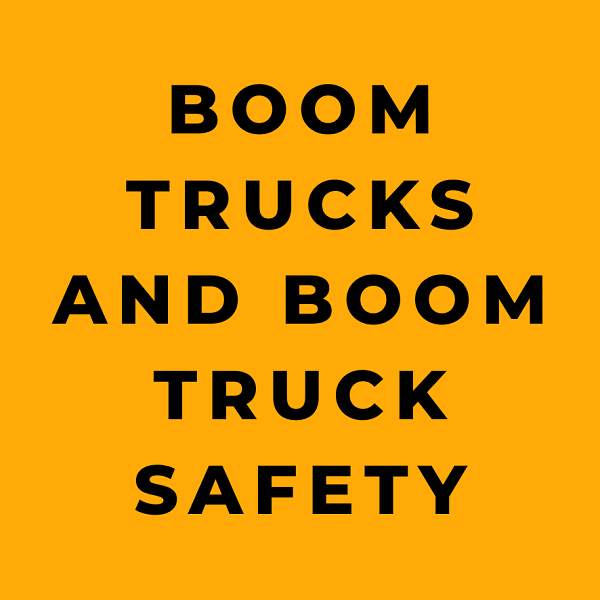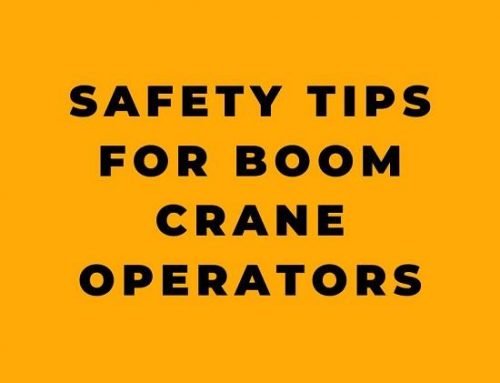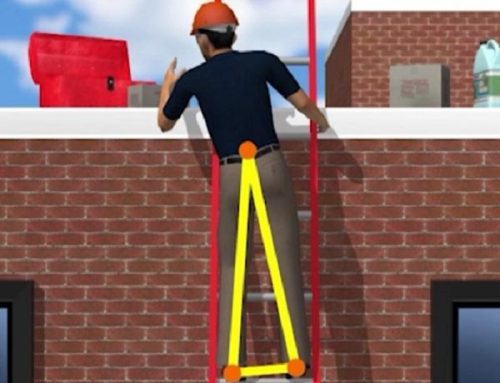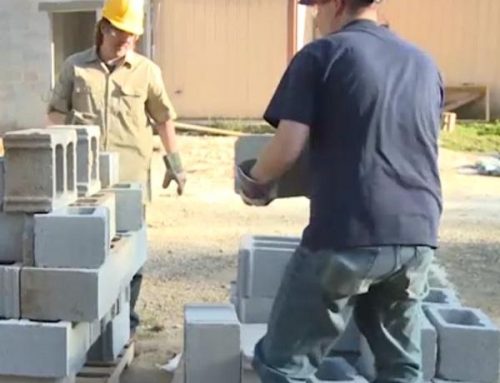Introduction
Boom trucks, also known as knuckle boom cranes, provide the unique capability of a crane on a mobile platform. With extendable arms that can reach up to 150 feet in the air, boom trucks allow workers to safely perform maintenance, construction, and transportation tasks at heights that would otherwise be difficult or dangerous to access. However, operating heavy machinery with such long vertical extensions also comes with inherent risks. Following proper procedures for training, operation, and maintenance is crucial to successfully leverage boom trucks’ capabilities while keeping workers safe. This comprehensive guide explores the different types of boom trucks, their common uses across industries, essential safety guidelines, maintenance best practices, training requirements, and factors to consider when selecting the right truck for specific jobs. With the right knowledge, crews can safely harness the power of boom trucks for maximum productivity at height.
Types of Boom Trucks
There are two main types of boom trucks:
- Fixed Cab: The operator’s cab is secured to the frame, providing a steady base when the arm is extended but limiting visibility around the truck.
- Swing Cab: The operator’s cab rotates with the lifting arm, allowing enhanced visibility and range of motion to access hard-to-reach spaces. However, the pivoting cab requires greater skill to control precisely.
In general, swing cab models are better suited for construction and maintenance applications where flexibility is key, while fixed cabs excel at logistic yard loading/unloading. But there are specialized variations that blur these recommendations, so the truck must be matched to the specific intended application.
Common Uses of Boom Trucks
Boom trucks are extremely versatile and used across many industries:
- Construction: Lifting machinery, pouring concrete, erecting structures, working on high-rises.
- Utility: Lifting buckets with workers to access overhead power and telecommunication lines.
- Arborculture: Pruning and removing tall trees.
- Transportation: Loading/unloading shipping containers at ports and logistic centers.
- Municipalities: Lifting personnel or materials with multipurpose trucks.
- Emergency Response: Compact trailer-mounted models for rescue missions.
- Specialized Transport: Moving extra-long loads like bridge beams and wind turbine blades.
No matter the specific application, boom trucks allow operators to precisely lift, lower, transport, and position items from a safe, stationary position on the ground.
Boom Truck Safety Guidelines
To fully capitalize on a boom truck’s capabilities while protecting workers, following essential safety guidelines is imperative:
- Conduct thorough pre-start inspections before each use.
- Carefully assess the load, terrain, and environmental conditions to plan capacity.
- Use outriggers to level and stabilize the truck.
- Utilize blocking methods as a failsafe.
- Maintain safe distances from power lines, structures, workers, and equipment.
- Rig loads cautiously and keep the arm as vertical as possible.
- Monitor weather and avoid operations in high winds.
- Follow proper tie-down procedures when transporting loads.
- Adhere to all operational and safety protocols.
- Coordinate comprehensive training programs for operators.
Boom Truck Maintenance
Ongoing maintenance paired with daily inspections preserves performance and prevents malfunctions:
- Monitor and change fluids per manufacturer recommendations.
- Grease pivot points to keep components moving freely.
- Inspect tires, wheels, controls, cylinders, valves, cables, etc. for any issues.
- Service outriggers, stabilizers, drive motors, and turntables.
- Test full extension monthly.
- Address any deficiencies immediately.
- Review maintenance logs to ensure no overlooked issues.
- Consider upgrades for older trucks to improve safety and efficiency.
Proper maintenance extends the lifespan of boom trucks and keeps crews safe.
Training and Certification for Operators
Boom truck owners must comply with training and certification requirements:
- Operators need classroom and hands-on training from experienced mentors.
- Instruction covers inspections, driving, outriggers, load calculations, boom control, and more.
- Earning a commercial driver’s license and boom truck operation certification is mandatory.
- OSHA, ANSI, and NCCCO provide current standards.
- Renewing credentials ensures operators retain and build capabilities through continuing education.
Proper training creates a workforce that maximizes productivity while minimizing risk.
Choosing the Right Boom Truck
When purchasing or leasing a boom truck, the planned applications and frequency of use determine the ideal specifications:
- Light-duty models offer capacities under 10 tons for infrequent overhead lifting.
- Medium-duty trucks suit more regular use from 10 to 30-ton capacities.
- Heavy-duty units exceed 30 tons for intensive applications.
- Larger cranes provide greater horizontal reach, up to 150 feet.
- Four-wheel drive provides stability on uneven jobsites.
- Enhanced maneuverability aids frequent transport between sites.
Consulting an experienced dealer helps select the optimal boom truck for your specific needs.
Conclusion
Boom trucks enable crews to safely access height in countless applications. However, their risks necessitate training, preventative maintenance, and strict procedures. With proper oversight, boom trucks greatly enhance productivity for construction, maintenance, transportation, and inspection work at height. Careful operation of these specialized vehicles yields efficient and safe performance.
Sources:
- Michigan Crane Rental: What Are The Different Types Of Boom Trucks?
- Michigan Crane Rental: What Is A Boom Truck Used For?
- Environmental Health & Safety: Boom Truck Operating Procedures
- Beacon Funding: How to Maintain Your Boom Truck
- HMF Cranes: Types of Truck-mounted Cranes
- Superior Crane: Types Of Uses For Boom Trucks in Toronto
- Ohio Bureau of Workers’ Compensation: Boom Truck Safety
- Keystone Synergy: Taking Proper Care of Your Boom Truck Can Extend Its Life
- Construction Kenya: Different Types of Boom Trucks
- Maxim Crane Works: Advantages of Getting a Boom Truck for Rent
- HSSE World: Tool Box Talk: Boom Truck Safety
- Autokid: Boom Trucks: Two Major Types and Their Uses










